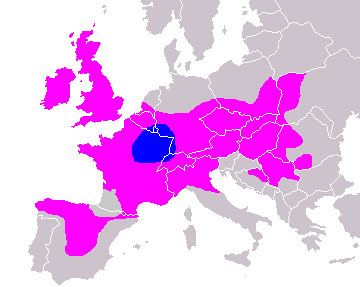 | ||
Year 400 BC was a year of the pre-Julian Roman calendar. At the time, it was known as the Year of the Tribunate of Esquilinus, Capitolinus, Vulso, Medullinus, Saccus and Vulscus (or, less frequently, year 354 Ab urbe condita). The denomination 400 BC for this year has been used since the early medieval period, when the Anno Domini calendar era became the prevalent method in Europe for naming years.
Contents
By place
By topic
Deaths
References
400 BC Wikipedia(Text) CC BY-SA
